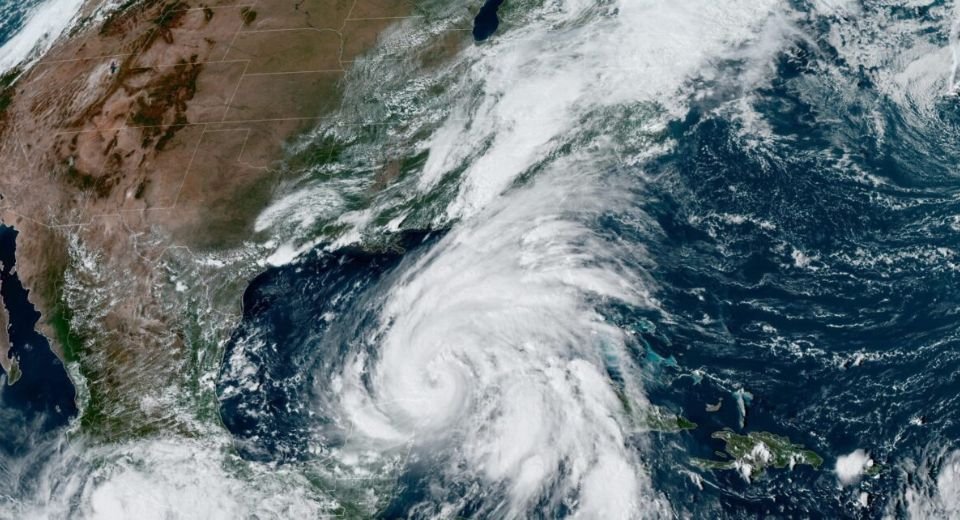HQ Team
October 9, 2024: As Hurricane Milton looms large over the Florida coast, weather climate researchers said rainfall caused by Hurricane Helene, which struck two weeks before, was amplified by about 10% and its winds by 11% due to climate change.
“We find that climate change increased the potential intensity in September around the track of Helene strongly in likelihood by a factor of 18,” researchers at the World Weather Attribution said.
“Using the Ocean Climate Shift Index, we find that the sea surface temperatures over the track of the storm have been made about 200-500 times more likely due to the burning of fossil fuels,” they said in a rapid report. Ocean temperatures in the Gulf of Mexico were about 3.6 degrees Fahrenheit (2 degrees Celsius) above average.
If the world continues to burn fossil fuels, causing global warming to reach 2 °C above pre-industrial levels, devastating rainfall events in both coastal and inland regions will become another 15-25 % more likely, according to the WWA assessment.
In coastal and inland regions, the rainfall was about 10% heavier due to climate change.
Slow-moving storms
In the days leading up to Helene’s landfall, a line of slow-moving storms formed along a stalled cold front, drawing in tropical moisture from Helene’s outer edges.
This system, stretching from Atlanta through the southern Appalachian region, led to very heavy rainfall in the southern states and Appalachia even before the heavy rainfall associated with Helene arrived, leading to devastating flooding.
At least 227 people died, the highest death toll from a hurricane in the mainland US since Katrina in 2005, and nearly 2 million were left without power after Hurricane Helene hit on September 26 as a category 4 on the Saffir-Simpson scale.
Most of the deaths occurred farther inland, in the mountainous terrain where challenges such as spotty cell and internet services, limited experience with hurricanes and more limited evacuation infrastructure have been reported as leaving people feeling caught off guard, according to the WWA.
Once every 7 years
In today’s climate, which has already been warmed by 1.3 °C due primarily to the burning of fossil fuels, weather observations indicate that rainfall events as severe as those brought by hurricane Helene now occur about once every 7 years in the coastal region, and about once every 70 years in the inland region.
In addition to the very heavy rainfall caused by the hurricane, and the preceding rain event, the steepness of the terrain funnelled rainwater into rivers and streams leading to extremely sudden flash flooding as high as rooftop levels making evacuations impossible in many regions.
A model called IRIS used by the scientists calculated that climate change was responsible for an increase of about 150% in the number of such storms — now once every 53 years on average, up from every 130 years — and equivalently that the maximum wind speeds of similar storms are now about 6.1 m/s (around 11%) more intense.
The WWA was formed in 2015 to assess the extent to which extreme weather events could be attributed to climate change. The organization’s rapid studies aren’t peer-reviewed but use peer-reviewed methods.
According to a latest advisory issued by the Hilton Head Island, Hurricane Milton has strengthened to a dangerous category 5. A landfall is expected in west-central Florida.
